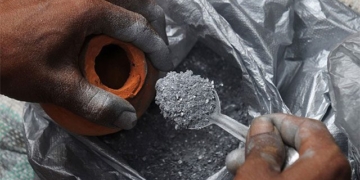According to Huỳnh Kim Tước, Director of the Ho Chi Minh City Energy Saving Center, the city is currently maintaining 14 domestic energy-saving programs and projects, along with 5 international collaboration initiatives in this field.
The projects aimed at supporting businesses in energy saving and reducing city costs have trained over 600 companies in implementing energy-saving activities. Additionally, approximately 200 other companies have received assistance from energy-saving experts for auditing their energy consumption in production, which helps in developing energy-saving plans within their operations.
Mr. Tước noted that this sector has attracted participation from the Global Environment Facility (GEF) through the Vietnam Demand-Side Management and Energy Saving Project. This project focuses on supporting industrial sectors with high electricity consumption, commercial buildings, hotels, and office towers in the private sector by proposing a set of technical, technological, economic, and social solutions aimed at controlling electricity demand.
When participating in the investment project, businesses are funded for 24% to 40% of the total investment cost in the first year, with a maximum of $38,000; 19% to 30% of costs in the second year, with a maximum of approximately $28,500; and 13% to 20% of costs in the third year, with a maximum of $19,000. Around 50 businesses have registered to learn about and participate in this project.
By simply deciding to use energy-saving variable frequency drives for the pump motors of 7 paper cutting machines since October 2005, New Toyo, a company specializing in producing aluminum paper packaging products located in the Vietnam-Singapore Industrial Park, has saved 45% of its electricity consumption (approximately 75,629 kWh/year), which is equivalent to over 68 million VND in electricity costs.
Similarly, a company producing and trading sports equipment has saved 15,000 kWh/year, equivalent to 13 million VND in electricity costs, as well as reduced 11.5 tons of CO2 emissions per year after installing a heat recovery system for a 2.5-ton/hour boiler since May 2005.

















































